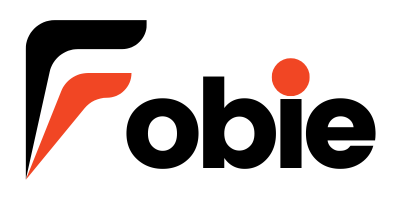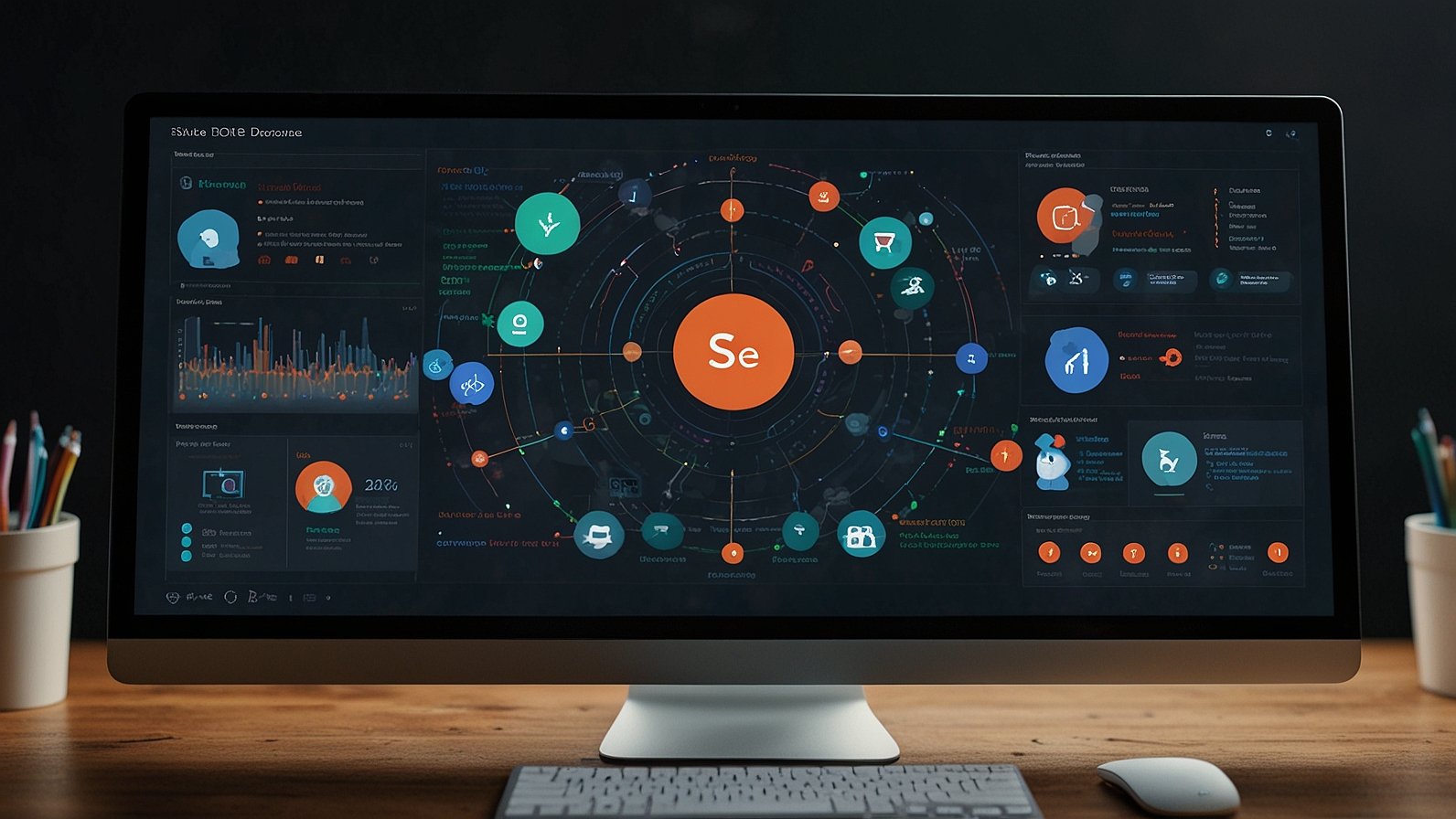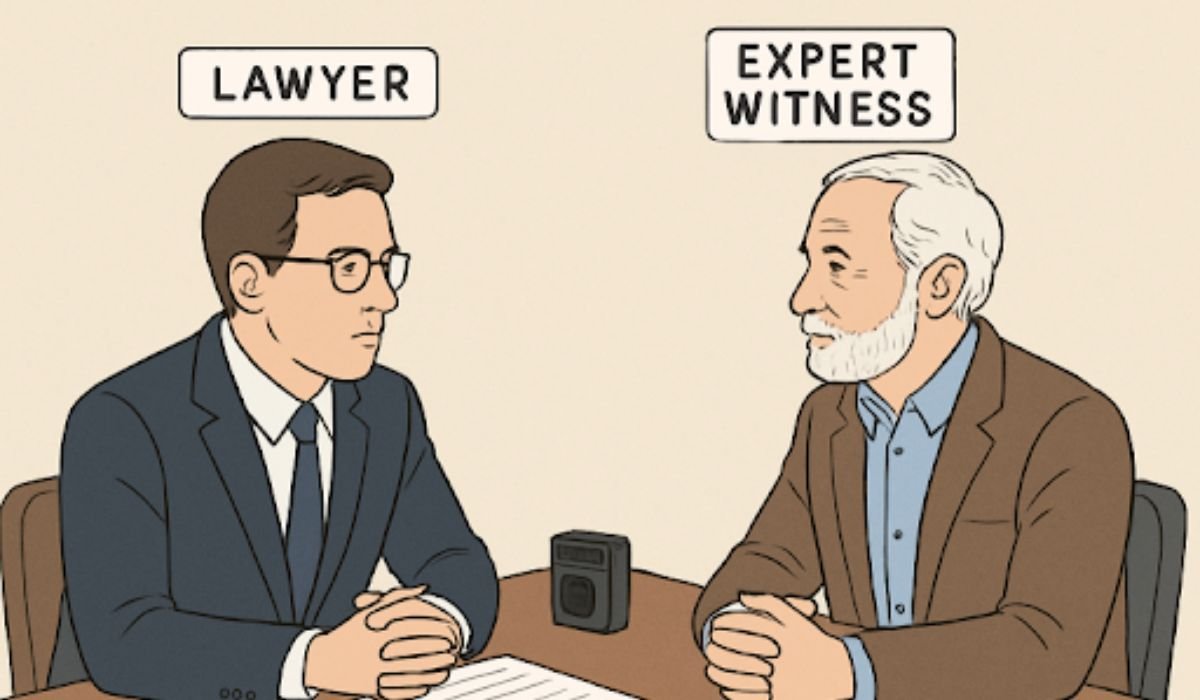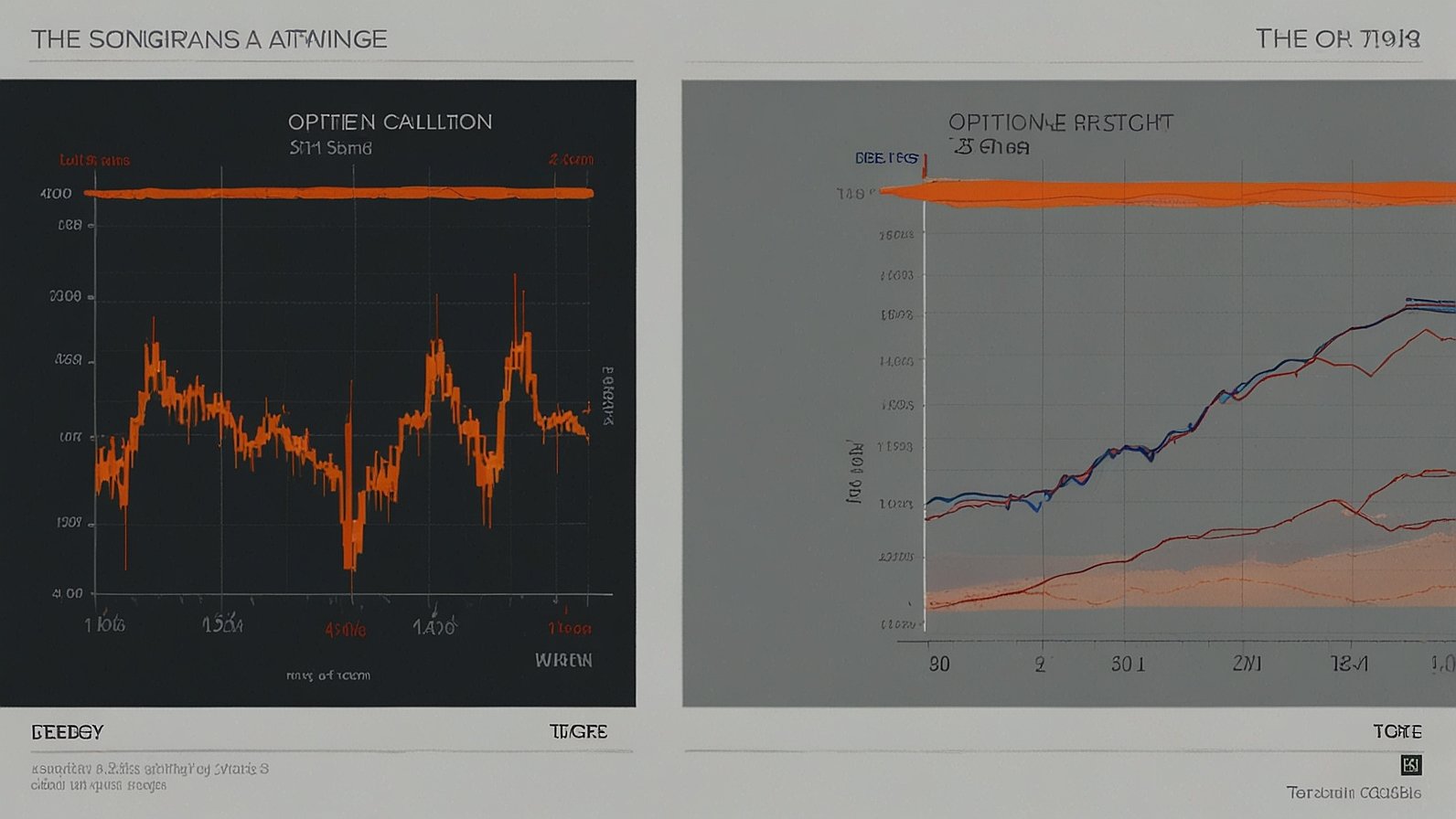Picture this: You’ve just delivered a brilliant, hour-long workshop. Your slides were perfect, your anecdotes got laughs, and the audience was locked in. But a month later, you do a follow-up and discover a hard truth: not a single person has applied the techniques you taught. The knowledge was received, but it never translated into action.
Sound familiar? This gap between knowing and doing is the oldest and most frustrating problem in education and training. And it’s the exact problem Duaction is designed to solve.
What is Duaction? Beyond the Buzzword
Let’s strip away the jargon. At its heart, Duaction is an instructional method built on a simple, powerful mantra: learn a little, do a lot, reflect immediately.
Think of it not as a lecture, but as a workout for skills. You wouldn’t watch a video about push-ups for an hour; you’d learn the proper form quickly and then start doing them. Your muscles only grow through the act of pushing. Duaction applies the same principle to cognitive and soft skills. It’s a framework that prioritizes action from the very first minute to forge real-world competency, not just theoretical knowledge.
The Three Pillars of Duaction in Practice
So, how does it work? Duaction rests on three core pillars that create a rapid, effective learning cycle. Forget long, passive seminars. This is about compact, energetic bursts of growth.
| Traditional Learning | The Duaction Method |
|---|---|
| Long lecture (45-60 mins) | Short Micro-Lesson (5-10 mins) |
| Practice later (maybe) | Immediate Practice (10-15 mins) |
| Little to no guided reflection | Structured Reflection (5 mins) |
Pillar 1: The Short Micro-Lesson
This is where you provide the “just enough” information. The goal isn’t to cover every possible exception or piece of theory. It’s to break down a complex skill into its smallest, most actionable component and give learners the bare essentials to attempt it. We’re talking 5, maybe 10 minutes max. This fights cognitive overload and focuses only on what’s needed for the next step.
Pillar 2: Immediate Practice
This is the non-negotiable core of Duaction—the “action” in the name. The moment the micro-lesson ends, learners must actively practice the skill. Not after a break, not tomorrow, now. This could be a role-play, a software simulation, a quick writing exercise, or a physical task. This immediate application wires the brain for recall and builds muscle memory, dramatically flattening the “forgetting curve.”
Pillar 3: Guided Reflection
Practice without reflection is just repetition. The final pillar is a short, focused debrief. This isn’t a simple “How was that?” but a structured conversation with questions like: “What worked well in your approach?” “What felt awkward or challenging?” “What would you tweak the next time you do this?” This reflection cements the learning, connects the action to the theory, and prepares them for the next cycle.
Seeing Duaction in the Real World: A Case Study
Let’s make this tangible. Meet Maria, a corporate trainer teaching project management software.
Her Old Method: A 4-hour seminar walking through every feature of the software. Learners listened, followed along passively, and left overwhelmed. Support tickets flooded in the next week asking how to do basic tasks.
Her New Duaction Method: She now runs a series of 15-minute sessions.
- Micro-Lesson (5 mins): She demonstrates one thing—how to create a new task and assign it to a teammate.
- Immediate Practice (7 mins): Each learner is given a scenario and must open the software and actually create and assign a task themselves.
- Guided Reflection (3 mins): She asks, “What was intuitive? What step did you get stuck on? How could you use this for your current projects?”
The result? Learners aren’t just hearing about features; they’re using them. Confidence soars, and those support tickets plummet. Maria covers less content per session but achieves infinitely more skill transfer.
The Promise and The Proof: A Balanced View
Now, let’s be clear and honest. Duaction is a powerful methodology, but its formal evidence base is still growing. Early adopters in corporate and academic settings consistently report dramatically higher engagement, faster skill application, and better knowledge retention.
However, large-scale, longitudinal studies are still underway. It’s also important to dispel a common myth: Duaction isn’t about “dumbing down” content. It’s about structuring it more intelligently for how the human brain actually learns and retains practical skills. It requires trust that the practice and reflection will do the heavy lifting.
Your Next Steps: Bringing Duaction to Life
You don’t need to overhaul your entire curriculum at once. Start small. The beauty of Duaction is its flexibility.
Here are 3 tips to try Duaction today:
- Start with One Thing: Look at your next training session. Identify one single skill you’re teaching. Could you explain it in 5 minutes?
- Design the Practice First: Before you even open PowerPoint, decide what the hands-on activity will be. Build your micro-lesson to support that activity.
- Prepare Your Questions: Write down three specific reflection questions ahead of time. This ensures the debrief is valuable and not an afterthought.
This action-first approach is a fundamental shift from being a “sage on the stage” to a “guide on the side.” It’s more energizing for you and more impactful for your learners.
What’s one skill you teach that would benefit most from an action-first approach? Let me know in the comments!
You May Also Read: Why Professional Translation Is Crucial in a Global Marketplace
FAQs
Q: Is Duaction just for corporate training, or can teachers use it too?
A: Absolutely! While we used trainer examples, any educator teaching practical skills—from a science lab teacher to a music instructor—can use the Duaction framework to boost student outcomes and engagement.
Q: How short is a “micro-lesson”?
A: The goal is 5-10 minutes. It should be just long enough to provide the minimal necessary information to attempt the practice activity safely and effectively. It’s about quality, not quantity, of information.
Q: Doesn’t this require more facilitators if everyone is practicing at once?
A: It can, but it doesn’t have to. Practice can be done individually, in pairs, or in small groups where peers can provide initial support. This peer-to-peer coaching often enhances learning and makes the model scalable.
Q: What’s the hardest part of implementing Duaction?
A: Most facilitators say it’s breaking the habit of “loading up” the lesson with too much theory. We’re conditioned to want to give learners all the information. Duaction requires trusting the process that the action and reflection are where the real learning happens.
Q: Where can I learn more about the research behind this?
A: The methodology draws from established principles like Kolb’s Experiential Learning Cycle and the Ebbinghaus Forgetting Curve. We’ll be covering the evolving research and sharing more case studies on our blog, so check back soon!











